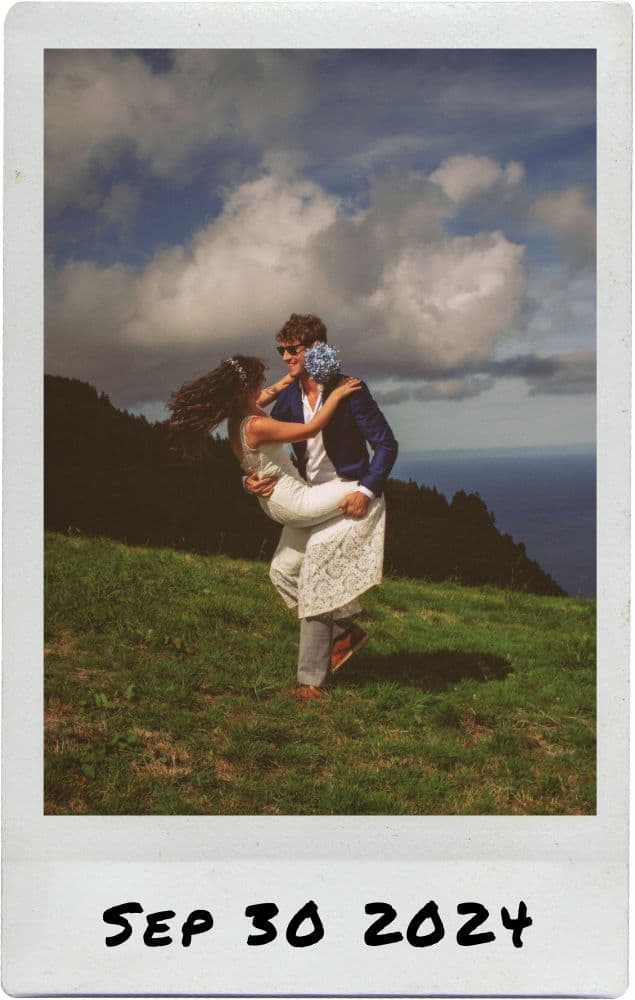The Dance of Manifestation and the Art of Letting Go
In the vast theater of existence, we are often told to manifest our desires—to envision what we want, set intentions, and will our dreams into reality. Manifestation, at its core, is about asserting our will upon the universe, guiding our focus towards specific outcomes. It is a powerful act of creation, a testament to our ability to shape our reality with our thoughts and intentions. Yet, beneath this seemingly miraculous practice lies a curious paradox: while manifesting promises control and fulfillment, it can also reveal itself as a repetitive, almost mundane pursuit.
Manifesting is akin to writing a script for our lives, meticulously crafting each scene to fit our desires. It appears straightforward: envision your goals, work towards them, and see them materialize. The process is both remarkable and, in its way, profoundly dull. For all its promises, the act of manifestation often reduces life to a series of checkboxes—an endless cycle of wanting, achieving, and then wanting again. The satisfaction derived from manifesting can be fleeting, as the horizon of desire constantly shifts, making the journey more about maintaining momentum than savoring contentment.
Contrast this with the philosophy of letting go—a practice that embodies the essence of surrender and trust. Letting go is not a passive resignation but an active release of attachment to specific outcomes. It is an invitation to step back and allow the natural flow of life to guide us, relinquishing the illusion of control. In this surrender, we open ourselves to the hands of grace, permitting the universe to surprise us with gifts beyond our wildest imaginations.
The true beauty of letting go lies in its ability to transform our experience from one of mundane predictability to a rich tapestry of unexpected miracles. Each time we release our grip on rigid expectations, we make space for a guiding hand to weave its magic, creating narratives that are far more enchanting and profound than anything we could have orchestrated ourselves. Our stories become vibrant with the spontaneity of life, revealing serendipities and synchronicities that defy our limited vision.
Reflecting on my own journey, I recall a pivotal moment during my near-death experience, a time when I was instructed to let go as I faced the brink of mortality. In that harrowing moment, I surrendered, and in return, I was enveloped by an overwhelming sense of love and peace. It was a lesson in the profound connection between surrender and the depth of human experience.
Similarly, after six years of being in a previous relationship, three of which were marked by deep dissatisfaction and misery, I finally let go of the idea of staying with him and even finding a partner. I relinquished any care or urgency about this pursuit, focusing instead on my own well-being. Shortly after, and almost unexpectedly, I met my fiancé. This experience reaffirmed the notion that while holding on can be an instinctual human response, it is through letting go that we often receive the greatest gifts. The struggle to control and dictate our outcomes can be a source of tension and limitation, while surrendering to the flow of life opens us to a world of possibilities.
In essence, the dance between manifestation and letting go is not a battle but a balance. Manifestation provides direction and purpose, but letting go allows for the transcendence of our narrow perspectives. The former offers structure, while the latter invites the divine spontaneity of existence. As we navigate these realms, we learn that true fulfillment often arises not from the rigid pursuit of our desires but from the graceful act of surrendering to the mysteries of life.
Thus, embracing the art of letting go transforms our journey into an unfolding adventure, rich with unexpected joys and profound insights. It is through this delicate dance that we find not just satisfaction but a deeper, more resonant connection to the essence of our existence.

